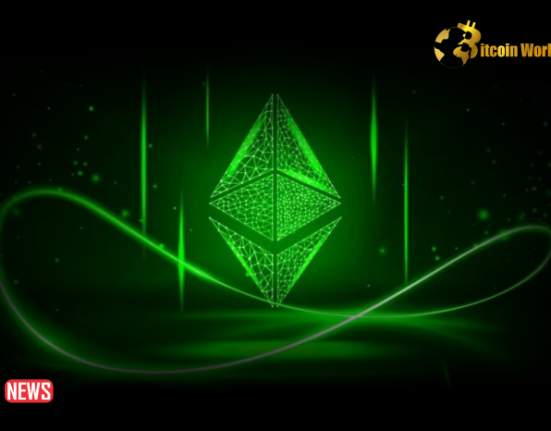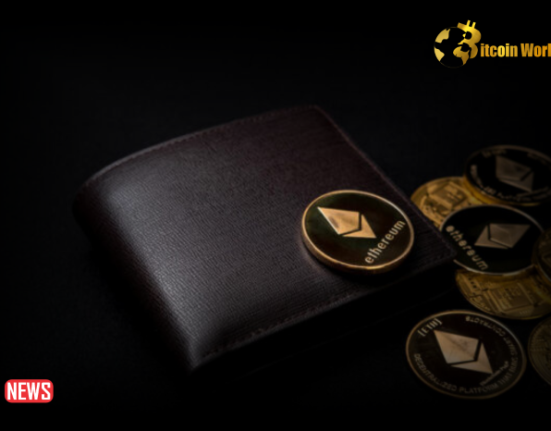In September 2021, the Bitcoin world experienced an unprecedented event that perplexed many. Thousands of deposit addresses from the well-known cryptocurrency exchange KuCoin sent millions of dollars in Ethereum’s native token, $ETH, to a burn address, also known as an invalid address. This unexpected incident lasted three days, beginning on September 7, and included over 3,500 transactions using Tether’s $USDT stablecoin and ETH. Conor Grogan, Coinbase Director, revealed the occurrence by using Arkham Intelligence data to draw attention to the situation.
Token burning is the process of making tokens unrecoverable by sending them to an address, thereby removing them from circulation. This address is known as the null address in Ethereum. While token burning is frequent in token economic models, the volume of ETH destroyed in such a short time without a clear cause raises questions.
Grogan proposed a suggestion in his tweet, implying that the USDT tokens may be redeemed via a one-time arrangement with Bitfinex, another cryptocurrency exchange and the major operator of USDT. Notably, in 2021, Ethereum received the EIP-1559 update, which included a method for burning a part of gas costs with each transaction.
Because of the burnt transaction fees, the total quantity of Ethereum has decreased as a result of the upgrade and the recent Ethereum Merge shift to a Proof-of-Stake network. Ethereum’s supply fell by around $275 million, or 143,000 ETH, in May 2023 alone. This decrease was caused by 56,680 tokens being issued and 199,670 being burnt. As a result, the 1.46% negative supply growth rate shows that Ethereum is becoming deflationary. This deflationary component has some people optimistic since an increase in future demand might boost the cryptocurrency’s price.
VanEck, a well-known worldwide asset manager, has even estimated that Ethereum would be worth $11,800 by 2030. Their pricing model considers Ethereum’s recent hard fork as well as its competitiveness with US Treasury notes. The model recognizes Ethereum’s position as a store of value assets and a worldwide settlement network for smart contract platforms by examining its revenues, cash flows, and multiples under different assumptions and scenarios.
The latest ETH burn incident has left the cryptocurrency community in search of explanations while also instilling hope. The scene may be set for Ethereum’s future development and possible price increase as its supply continues to decline and its function as a foundational asset and settlement network obtains respect.














